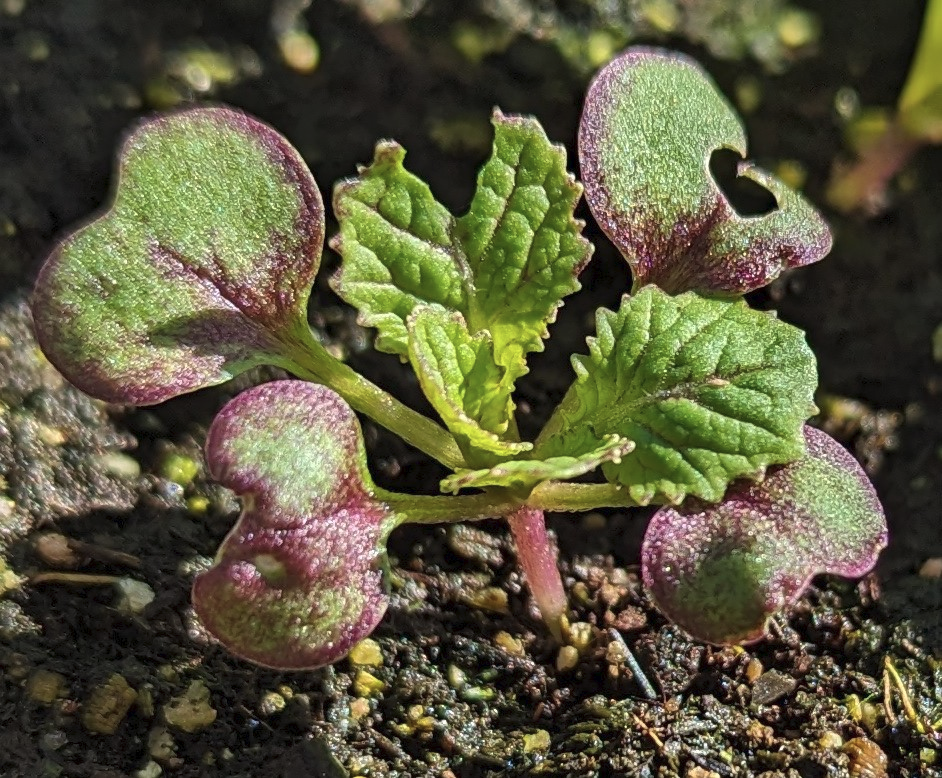this post was submitted on 05 Apr 2024
57 points (98.3% liked)
Gardening
3613 readers
3 users here now
Your Ultimate Gardening Guide.
Rules
- Be respectful and inclusive.
- No harassment, hate speech, or trolling.
- Engage in constructive discussions.
- Share relevant content.
- Follow guidelines and moderators' instructions.
- Use appropriate language and tone.
- Report violations.
- Foster a continuous learning environment.
founded 2 years ago
MODERATORS
you are viewing a single comment's thread
view the rest of the comments
view the rest of the comments

Would it be a quadracot?
Seriously, is that a mutant or is that normal?!
It's a mutant. Likely caused by a spontaneous twining of the cotyledon immediatly after fertilization of the embryo. I've seen it a number of times. As the cotyledon is genetically separate from the embryo it is not passed on to the next generation.
In angiosperms, double fertilization occurs. The pollen grain contains two sperm cells. In the female part of the flower, one gamete forms into an egg and two gametes fuse together to form a megagametophyte.
Both the egg and the megagametophyte are fertilized by the pollen grain. The fertilized egg forms the embryo. The fertilized megagametophyte forms the endosperm . It is the fusion of 3 seperate gametes (triploid).
The endosperm (nutrient storage structure) becomes the cotyledon.
Thank you. I used to know these things, but its been so long.
"Mono" and "di" are Greek, as is "tetra." "Quadri" is Latin. Nifty Wikipedia chart on prefixes here: https://en.wikipedia.org/wiki/Numeral_prefix